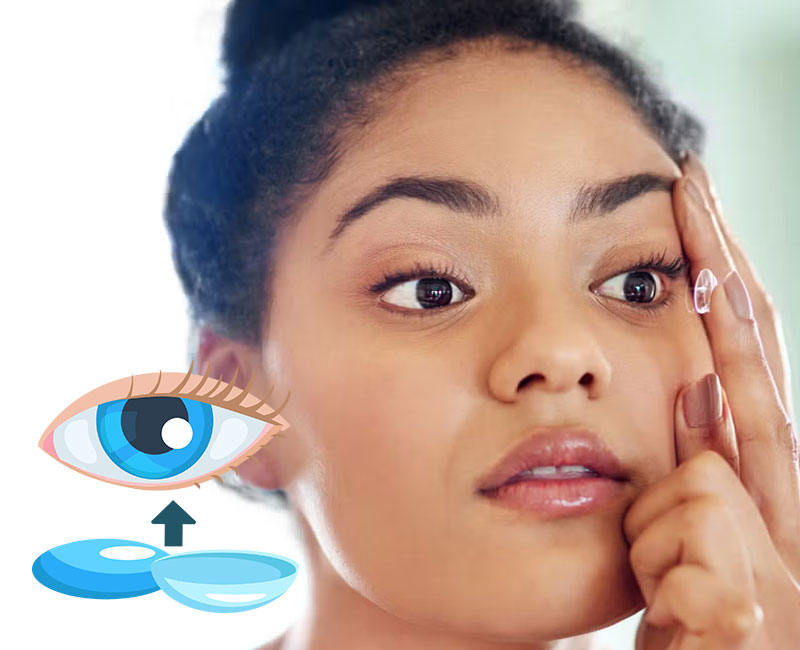Why do some people need glasses and others don’t?
How Eyes Work
- The cornea (say: KOR-nee-uh), clear tissue that helps the eye focus
- The iris, the colored part
- The pupil (the black circle in the center of the iris, which is really an opening in the iris, that lets light enter the eye)
- The lens, which also helps the eye focus
- The retina, at the very back of the eye

When all of the eyes’ parts are working properly, a kid doesn’t have vision problems. You can see because your eyes capture an image like a camera and send that image to your brain, where it can be interpreted. For instance, if there’s an elephant in front of you, almost instantly, your brain says, “Hey, that’s an elephant.”
Your eyes need to bend light rays so the image can be focused sharply on your retina. The better your retina records the image, the more likely that your brain will interpret the image, and the more likely you will see the image clearly.
Refracting is a big word that means bending light rays. If a person has vision trouble, it’s often a refractive problem. Glasses or contact lenses work so well because they can correct refractive problems. In other words, they bend the light rays in a way that lets you see more clearly.
Laser surgery also can correct some vision problems, but it’s not allowed for kids because they’re still growing.



